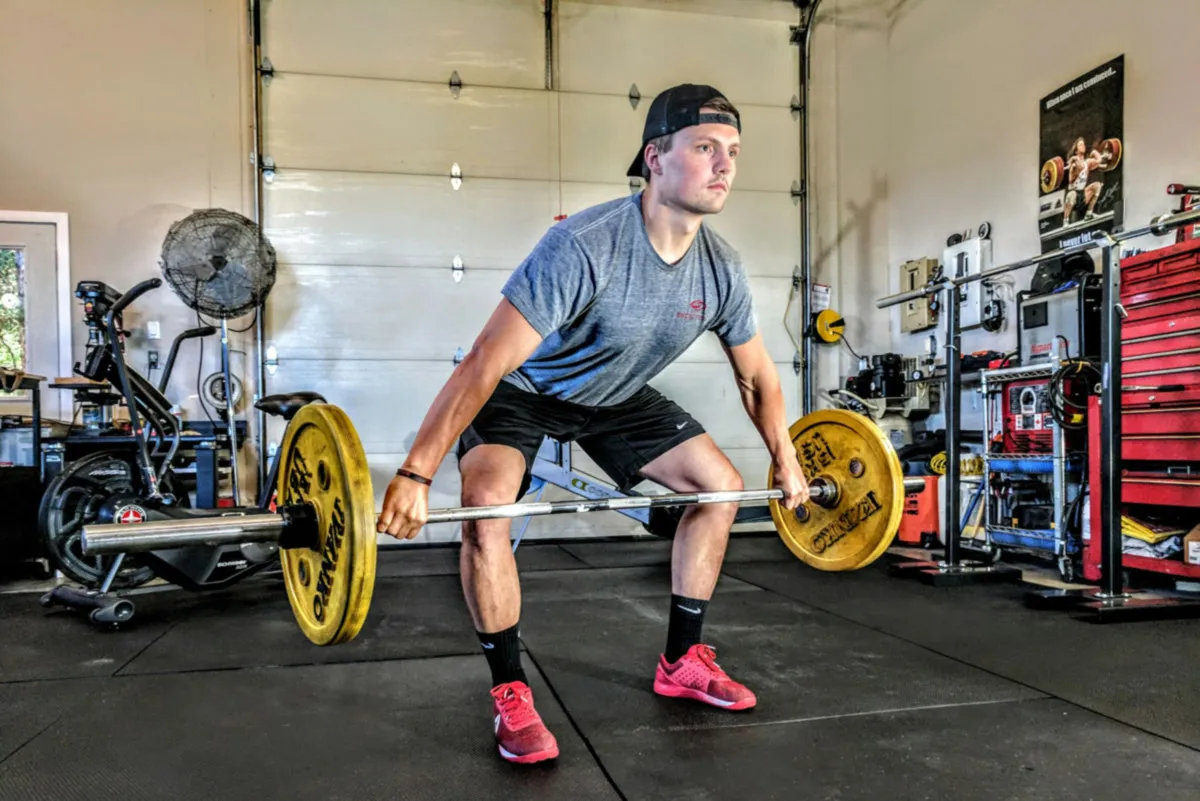
Why Your Face Turns Red or Pale After Exercise and What It Means
Discover why your face turns red or pale after exercise, learn about the health implications, and get tips on how to cool down properly and stay safe while staying active.
Have you ever noticed how different people look after running the same 800 meters? Some are flushed, some are pale, and others look unfazed.
Why do people’s faces change color differently after exercise?
Does it indicate their health status? Let’s dive into why our faces react differently after physical activity.
The Science Behind Red and Pale Faces
The simple answer: It’s all about the dilation or constriction of the facial blood vessels—dilation causes redness, while constriction results in paleness.
But why do some people’s blood vessels dilate while others constrict? It boils down to the sympathetic nervous system and two key hormones.
The sympathetic nervous system is part of the central nervous system that keeps our bodies ready to respond to external stimuli. When you exercise, it triggers the “fight or flight” response, releasing adrenaline and noradrenaline[1]. This happens to everyone.
However, the effects of these hormones vary from person to person.
Adrenaline and noradrenaline act as neurotransmitters, like messengers, that need to bind to specific receptors to work. Different people have varying sensitivities to these receptors[2]. Depending on which receptors they bind to, these hormones can either dilate or constrict blood vessels.
So, generally speaking, changes in facial color after exercise are normal physiological responses and nothing to worry about.
Once you cool down and wipe off the sweat, you’re back to your normal self.
When to Be Concerned About Post-Exercise Facial Changes
While a change in facial color after exercise is typically normal, certain symptoms should not be ignored. If you experience the following, it’s time to take action:
1. Heatstroke
If your skin turns red, you feel slightly feverish, disoriented, and have difficulty breathing, especially in hot weather, you might be experiencing heatstroke[3]. Heatstroke is serious and can lead to complications like organ damage or even death.
Heatstroke can occur indoors if it’s too hot or if you’re overdressed. If you suspect heatstroke, you should:
- Call emergency services immediately.
- Move to a cooler place or a room with air conditioning or a fan.
- Use any available means to cool down, such as taking a cold shower or applying ice packs to your forehead, neck, and armpits.
2. Low Blood Sugar
If your face turns pale, you feel dizzy, and you might even feel nauseous or vomit, you could be experiencing low blood sugar.
Low blood sugar is as dangerous as heatstroke. It can sneak up on you, and without prompt treatment, it can damage your brain and heart. Even if you’re healthy, skipping meals before exercise or pushing yourself too hard can cause low blood sugar[4][5]. If this happens:
- Stop exercising and sit or lie down to rest.
- Consume something that quickly raises your blood sugar, like soda, juice, chocolate, candy, raisins, or milk. Sugary drinks are the fastest to digest and absorb[5].
- If you don’t feel better after about 15 minutes, seek medical attention immediately.

How to Finish Your Workout Gracefully
1. Cool Down Gradually
When you exercise, your muscles work hard, and blood vessels around them dilate to provide oxygen. If you stop suddenly, your muscles remain engorged with blood, but the extra blood hasn’t had a chance to return to your heart.
This can cause temporary dizziness and shortness of breath. For ordinary people, if the exercise is too intense, there is a risk of heart attack or sudden death due to inadequate blood supply to the heart muscle and increased blood viscosity[7].
So, it’s important to cool down properly. After running, walk for a while. After a workout, don’t forget to stretch. Give your body time to cool down.
2. Drink Water Slowly
After sweating profusely, you might want to gulp down water.
But drinking too much water at once can strain your heart and lead to water intoxication, causing dizziness, nausea, vomiting, and even seizures. Instead, take small sips of water to rehydrate properly after exercise.
While improper exercise can pose health risks, we shouldn’t be discouraged from being active. The key is to warm up properly, stretch, rest when needed, and respond correctly to discomfort. Moderate exercise, within your physical limits, promotes health and longevity.Stick with it, and you’ll not only feel better but also look better.

